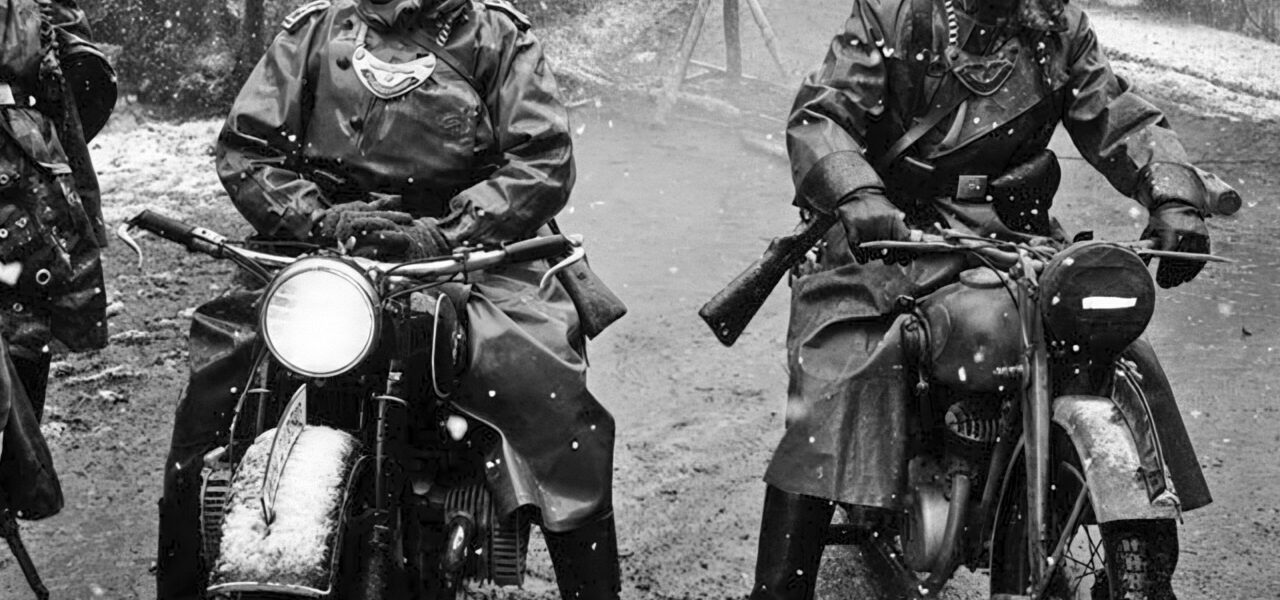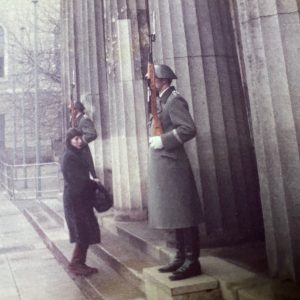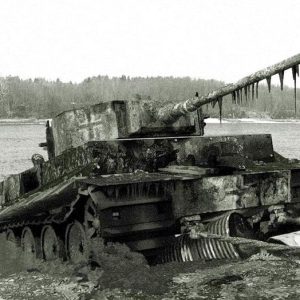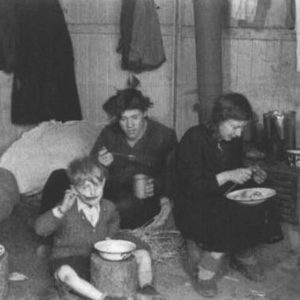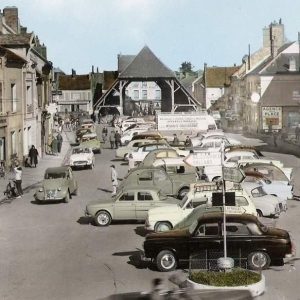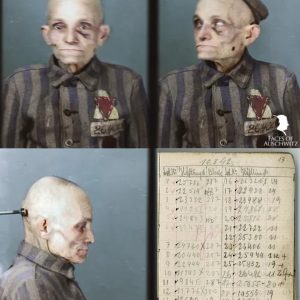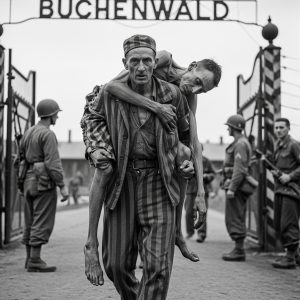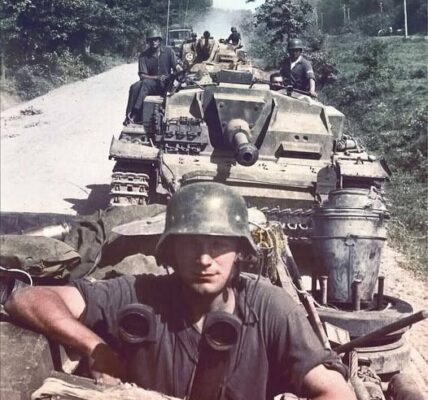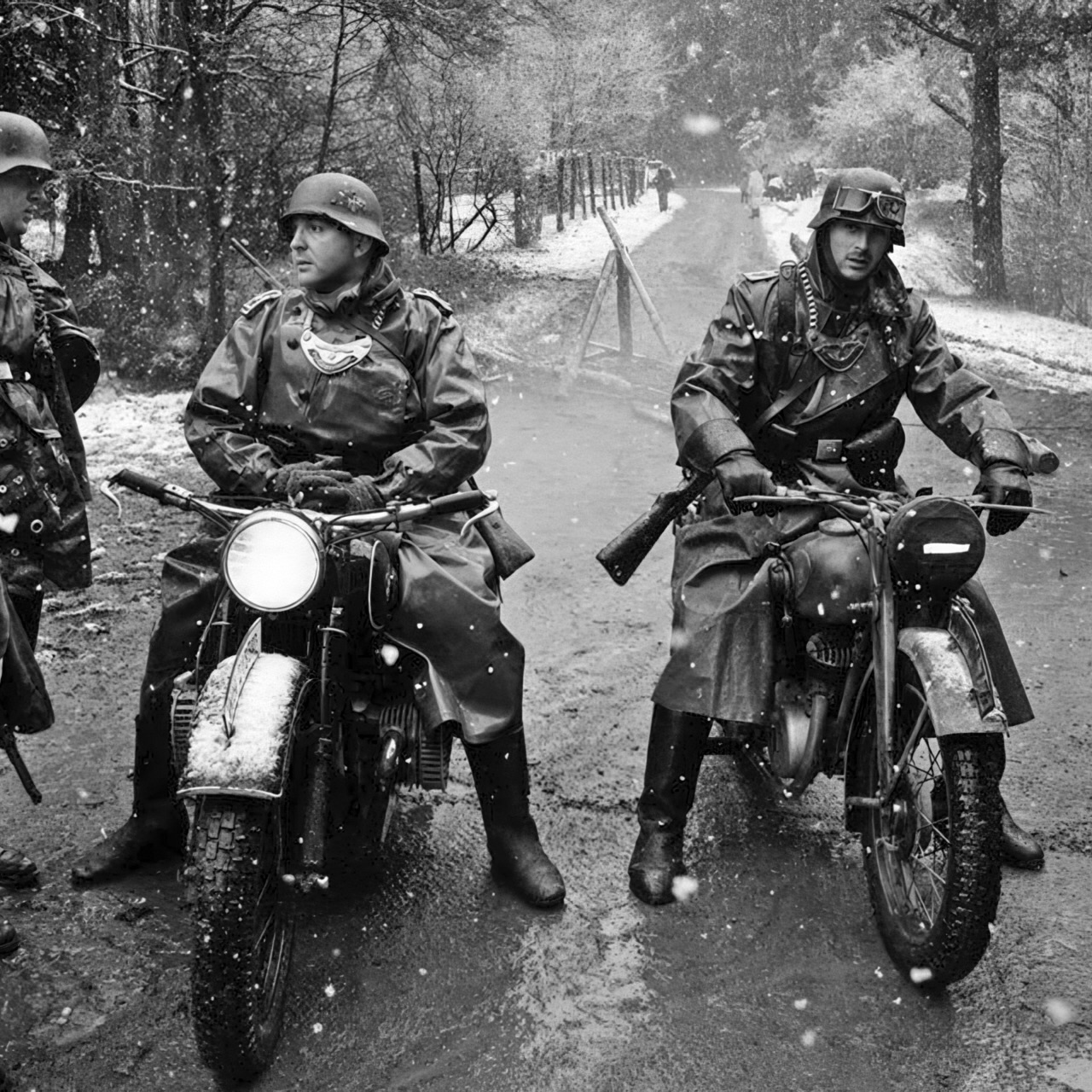
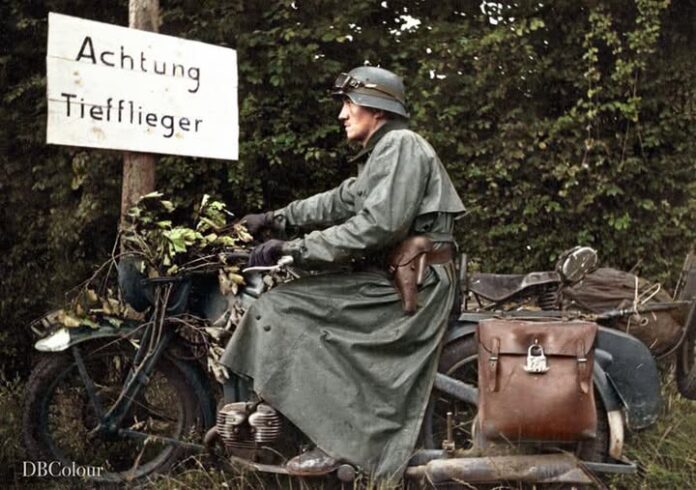

BMW has existed for over a century. The company has long since established itself as one of the most influential players in virtually every area of the automotive industry – although many people may not realize that BMW has been manufacturing motorcycles for almost as long as the company has existed. To this day, BMW Motorrad is considered one of the finest motorcycle manufacturers in the world. The product range extends from touring and adventure motorcycles for traversing untamed wilderness to street motorcycles, cruisers, and roadsters built for maximum performance on asphalt.
To understand where the company stands today, it is worth taking a look at one of the most famous motorcycles in its history: the BMW R75.
This heavy military motorcycle was built during World War II to be used with a sidecar and to tackle the rugged terrain that German soldiers had to traverse in war-torn areas of Europe and Africa. MCS called it “Germany’s equivalent of the American Jeep,” in reference to its popularity as a means of transportation among front-line soldiers. Its unique design and influence have made it a sought-after model among collectors. Here’s a brief overview of the motorcycle itself and how it earned its place in automotive history.
BMW’s history with the Nazi regime

To understand the historical significance of the BMW R75, one must first understand BMW’s history with the Nazi Party. The company’s involvement in World War II is certainly not one of the proudest chapters in its history. BMW was founded in 1916 during World War I, but it’s undeniable that the company grew significantly during the subsequent war. At that time, BMW manufactured cars, aircraft, and even motorcycles designed exclusively for use by the German military. Not only that, but forced labor from prisoners from German prison camps was used in production.
“Under the National Socialist regime of the 1930s and 1940s, BMW AG operated exclusively as a supplier to the German armaments industry,” company officials stated in a 2016 BMW apology for its role in the war. “With the increasing demand for BMW aircraft engines, forced laborers, convicts, and concentration camp inmates were recruited to support production. To this day, the enormous suffering this caused and the fate of many forced laborers remain a cause of deep regret,” the company continued. BMW began development of the original R75 in 1938, which was produced from 1941 to 1944 (although variants may have been manufactured outside Germany later). This means that it was used by German soldiers throughout almost the entire war.
What design features did the BMW R75 have?

Many things catch the eye when looking at the design of the BMW R75. Every inch of this motorcycle seems to have been engineered for functionality. It’s a heavy, robust-looking vehicle that keeps both the rider and passenger low to the ground, yet still offers good shock absorption. The R75 features fat, heavily treaded tires, and nearly every part of the rear end appears to offer ample storage space. Both the motorcycle and sidecar have the option of carrying a spare tire, and the motorcycle’s rear storage space can even be used as an additional seat if necessary.
The German Wehrmacht set several requirements that BMW had to meet in order for the R75 to be used as a front-line vehicle. For example, it had to use 4.5″x16″ tires so that they were interchangeable. The military also demanded a range of 350 kilometers on a single tank of fuel, as riders often had to travel long distances without being able to refuel. The motorcycle also had to be able to handle a heavy payload – it had to be able to carry three fully equipped soldiers. In addition, the R75 had to be able to run on low-quality fuel, reach a top speed of around 95 km/h, and at the same time travel slowly enough to avoid outrunning foot soldiers without overheating – a major challenge in an era when liquid-cooled engines were not yet standard.
What performance did the BMW R75 offer?
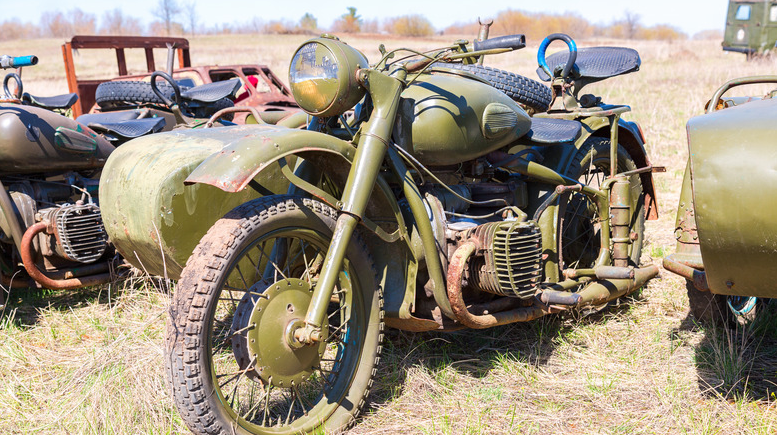
So what powered this heavy steel frame, loaded with passengers and gear? The BMW R75 was equipped with a 745 cc air-cooled engine. It produced up to 26 hp and had a compression ratio of 5.8:1. The twin-cylinder engine had two valves per cylinder, and the intake system was controlled by two separate carburetors. Most modern cruiser riders might consider a 745 cc engine underpowered in such a heavy motorcycle—but speed and acceleration weren’t BMW’s primary goals with this model. The R75 was more of a beast of burden than a racehorse. It needed robust power delivery that could reliably cover long distances—even with intermittent fuel supplies. Nevertheless, it achieved the top speed of around 95 km/h required by the Wehrmacht.
The way the drive shaft was connected to the sidecar was also quite unique. One shaft connected the engine to both the motorcycle’s rear wheel and a second shaft leading to the sidecar—this meant that both the motorcycle’s rear wheel and the parallel wheel of the sidecar were driven. This allowed the R75 to generate high propulsive force despite its wide track without losing balance. The sidecar had fully powered rotation when connected, effectively transforming the R75 into a three-wheeled, rear-wheel drive vehicle.
What was the BMW R75 used for in World War II?
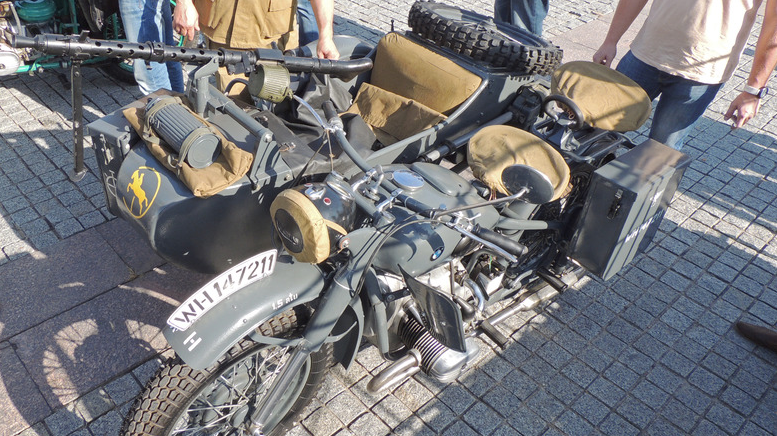
So why did the Germans need a motorcycle like this? Riding in a sidecar in a war zone doesn’t exactly seem like the safest way to travel. Why use motorcycles at all when four-wheeled vehicles offer much more protection?
“During its advance across Europe, the Wehrmacht recognized the need for a small, fast vehicle capable of tackling a wide range of terrain,” explains HistoryNet . “In response, Bayerische Motoren Werke (BMW) introduced the R75—a three-wheeled motorcycle and sidecar combination that was fast, maneuverable, and capable of handling rugged terrain.” This makes sense, given the nature of World War II. Front lines often shifted by hundreds of kilometers, and the military needed to ensure its vehicles could handle any terrain—even terrain that larger vehicles might not be able to traverse.
In 1942, Germany attempted to persuade BMW and its competitor Zündapp to standardize their components. The goal was to simplify production, as both manufacturers would then produce the same parts. This would also have made it easier to stock spare parts and carry out repairs at the front across different vehicle types. BMW agreed to the plan, but it was never implemented. American bombers destroyed the BMW factory in Eisenach before the conversion could begin. The attack took place on August 16, 1944. Six B-17 bombers of the American 91st Bomb Group were shot down within one minute of the attack. Nevertheless, the attackers managed to severely damage the main R75 production facility.
The lasting influence of the BMW R75

The R75 not only had a huge impact during the war – it also left a lasting cultural impression. The bike appeared in several films. An R75 appeared in the 1954 film Betrayed . Steve McQueen was supposed to ride an R75 in the 1963 film The Great Escape (although it was actually a 1961 Triumph TR6 Trophy modified to look like an R75). And remember the scene in Indiana Jones and the Last Crusade where Indy and his father escape from Brunwald Castle on a stolen Nazi motorcycle and sidecar? That was also an R75.
The BMW R75 was the first of its kind, but by no means the last. The post-war models R51/3, R67, and R68 all used the same OHV boxer engine, and design elements of the R75 can be found in numerous motorcycles of the following decades. Its lineage can be seen in the American Harley-Davidson XA and the Indian 841, as well as the Soviet Dnepr M-72.
In fact, BMW brought back the R75 model name with the R75/5, produced from 1969 to 1973, and subsequently with the R75/6 from 1973 to 1974. Several other motorcycles that didn’t directly bear the name nevertheless adopted features of the heavy, functional design that had defined the R75. Even modern BMW motorcycles draw inspiration from this wartime model—such as the 2023 BMW R NineT, considered by many to be one of the best motorcycles BMW has ever built.
